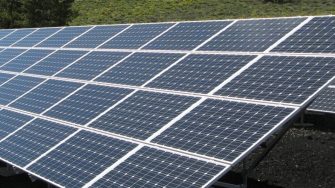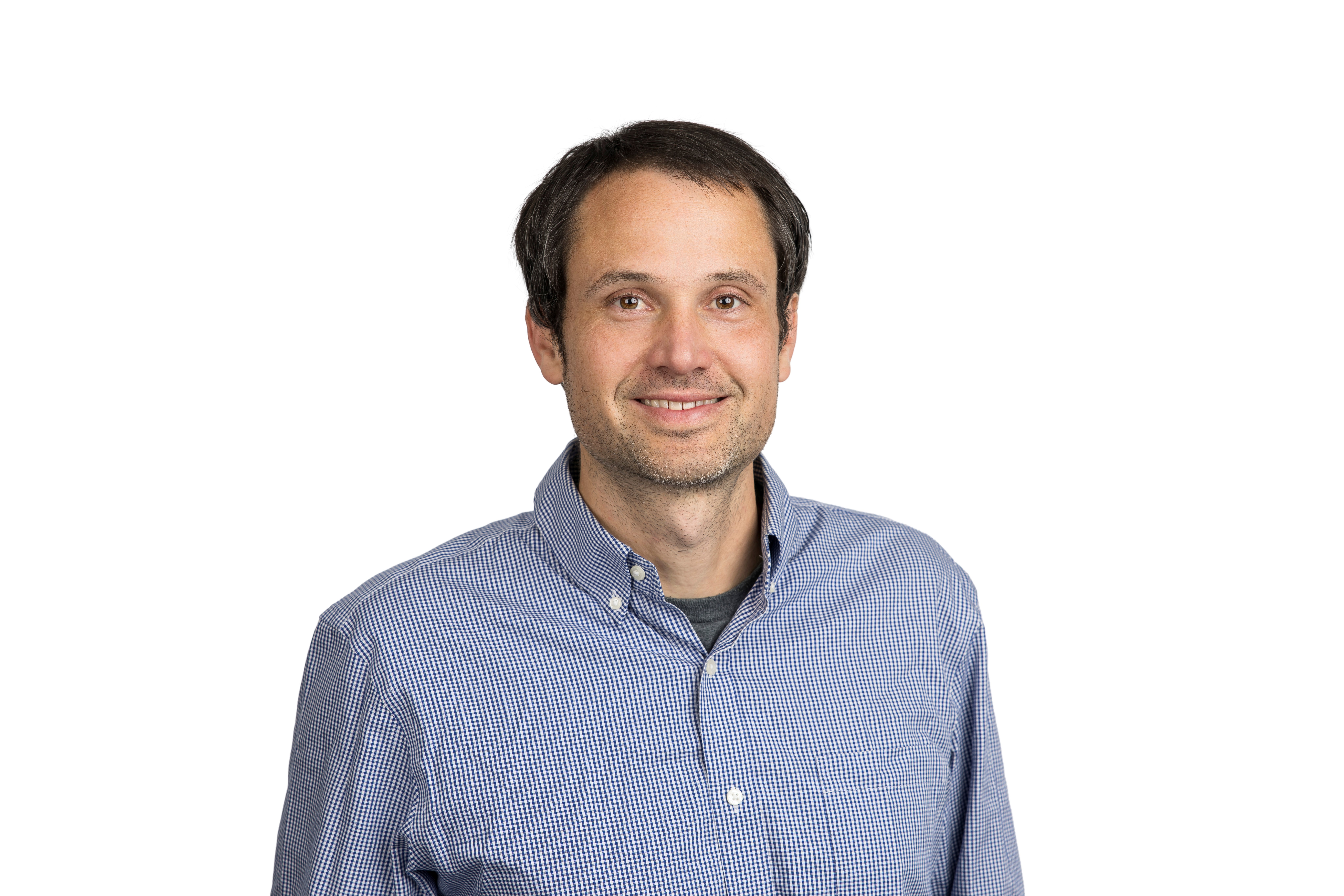
Our School has a strong focus on innovating solar thermal energy technologies for the future.
We investigate concentrated solar thermal power, solar thermochemical energy, and hybrid photovoltaic and thermal receivers for the renewable energy future. We also study laser processing of solar cells and electrochemical processing of solar cells to accelerate the development of next-generation solar thermal energy systems.
We have world-class research facilities to support our research and teaching capabilities such as the UNSW Solar Thermal Laboratory.
Toward green building architecture in sustainable cities
Globally, buildings are responsible for about 40 per cent of all energy consumption. Innovative strategies need to be developed to reduce the need of auxiliary energy for thermal comfort. Solar chimney configurations such as double facades with building integrated PV (BIPV) systems have been developed as an excellent strategy for passive cooling of both PV panels and buildings through the enhancement of natural ventilation.
In collaboration with IIT Gandhinagar, India, we are exploring the potential of using natural convection generated by a solar tower together with exploiting of downdraught evaporative cooling to ventilate buildings.
Also, in collaboration with INES (National Institute of Solar Energy, France) research is currently performed to study the effects of humidity and radiation heat transfer on transitional turbulent flow and heat and mass transfer in BIPV systems with the aim to enhance passive cooling. While experiments are carried out in France, computational modelling is undertaken at the UNSW.
Passive cooling of PV modules
Solar modules typically operate 20-30K above ambient in bright sunshine when field-mounted; temperature is increased further when PV modules are roof-mounted. This overheating is not only reducing module power and energy production but additionally accelerates thermally activated degradation, reducing module life.
In collaboration with Prof. M. Green and his group from the School of Photovoltaics and Renewable Energy Engineering, we work on the passive cooling of PV modules for both solar farms and building applications. Our aim is to reduce operating temperature, thereby extending module life. Experiments and computational modelling are aimed to increase radiation, conduction and convective losses by modifying flow and heat transfer around modules.





